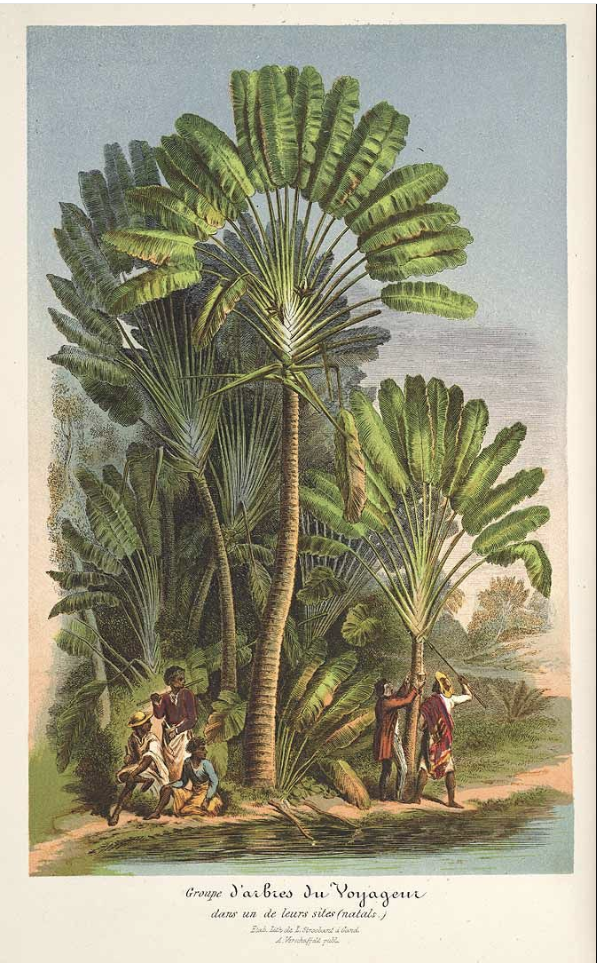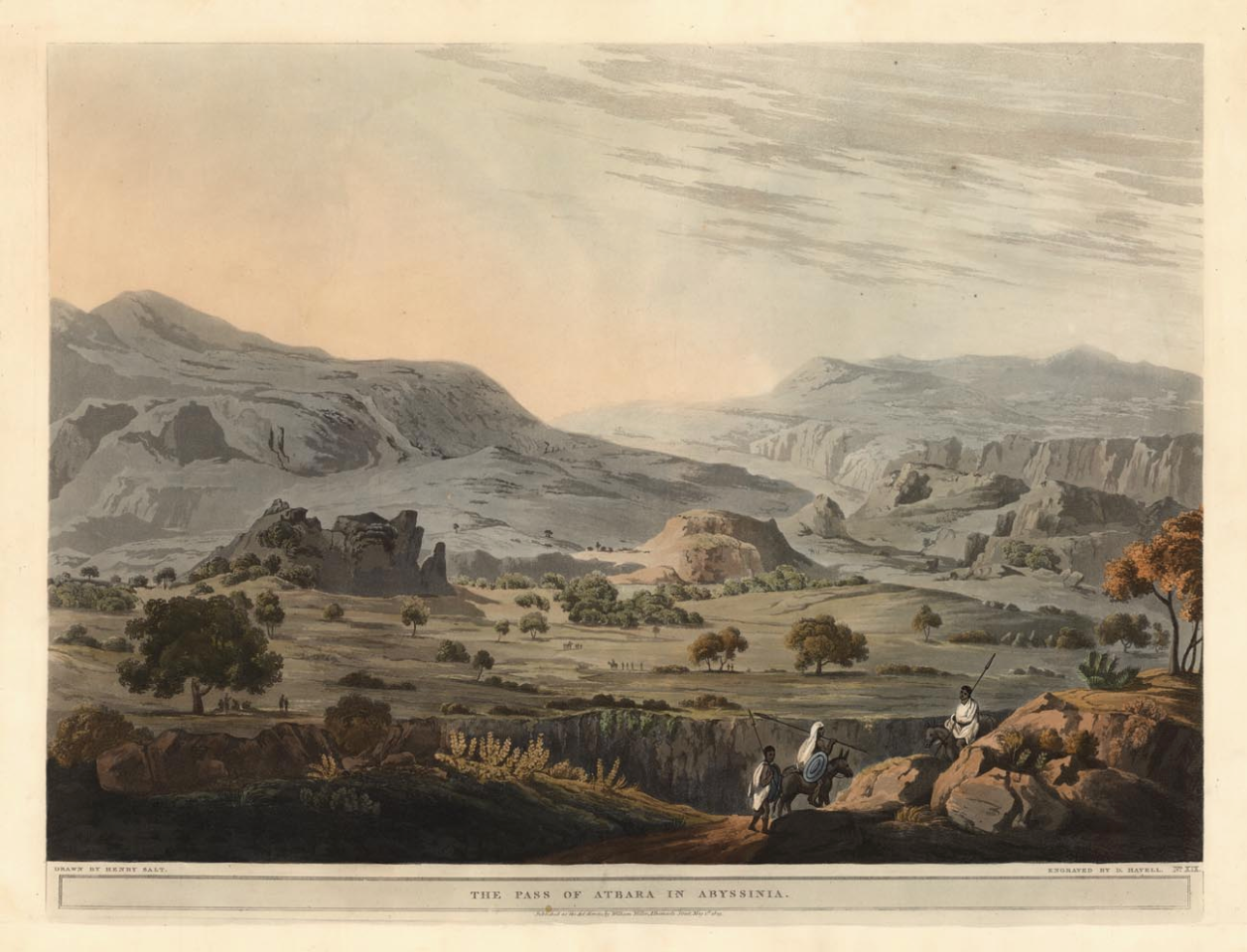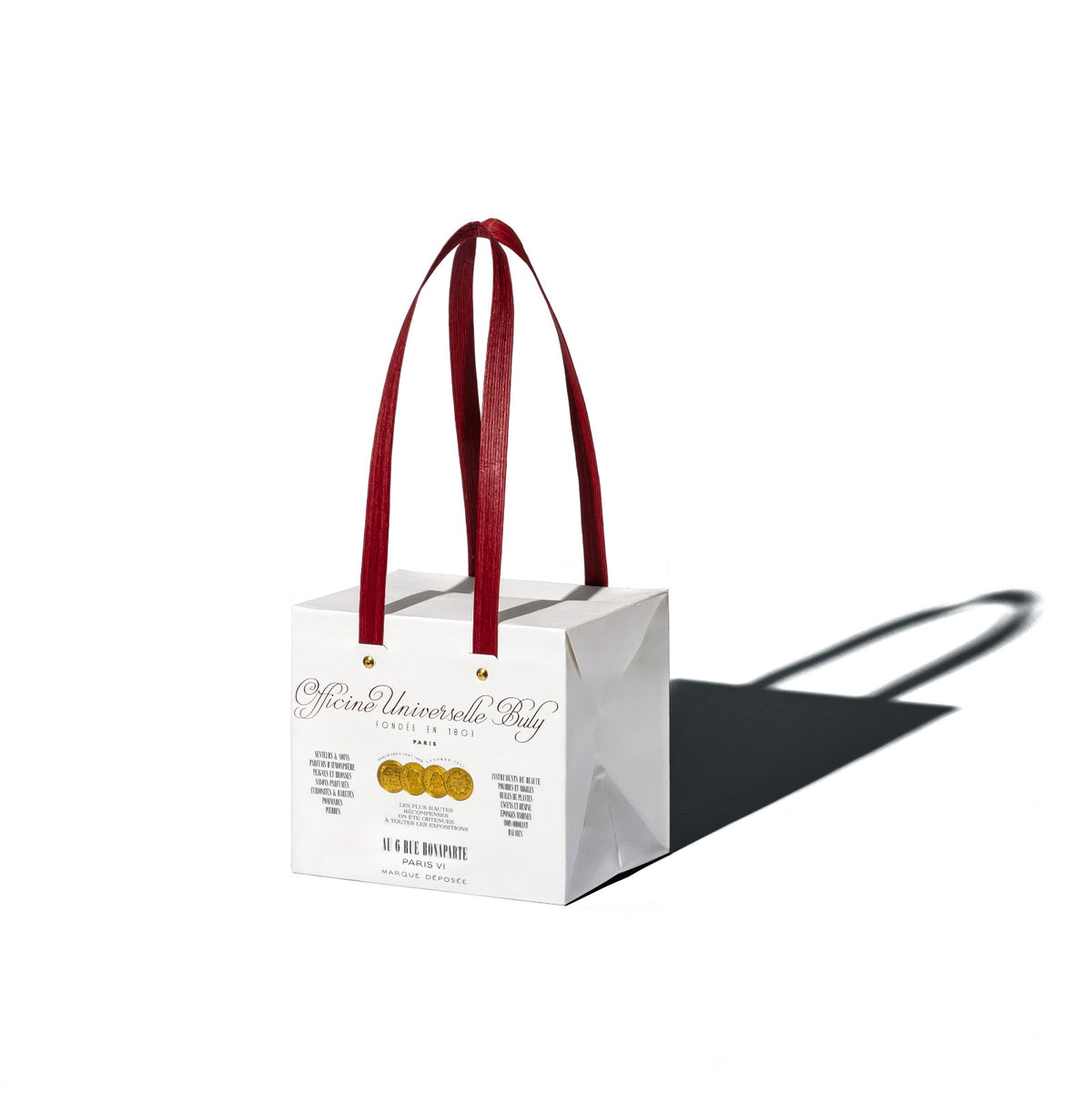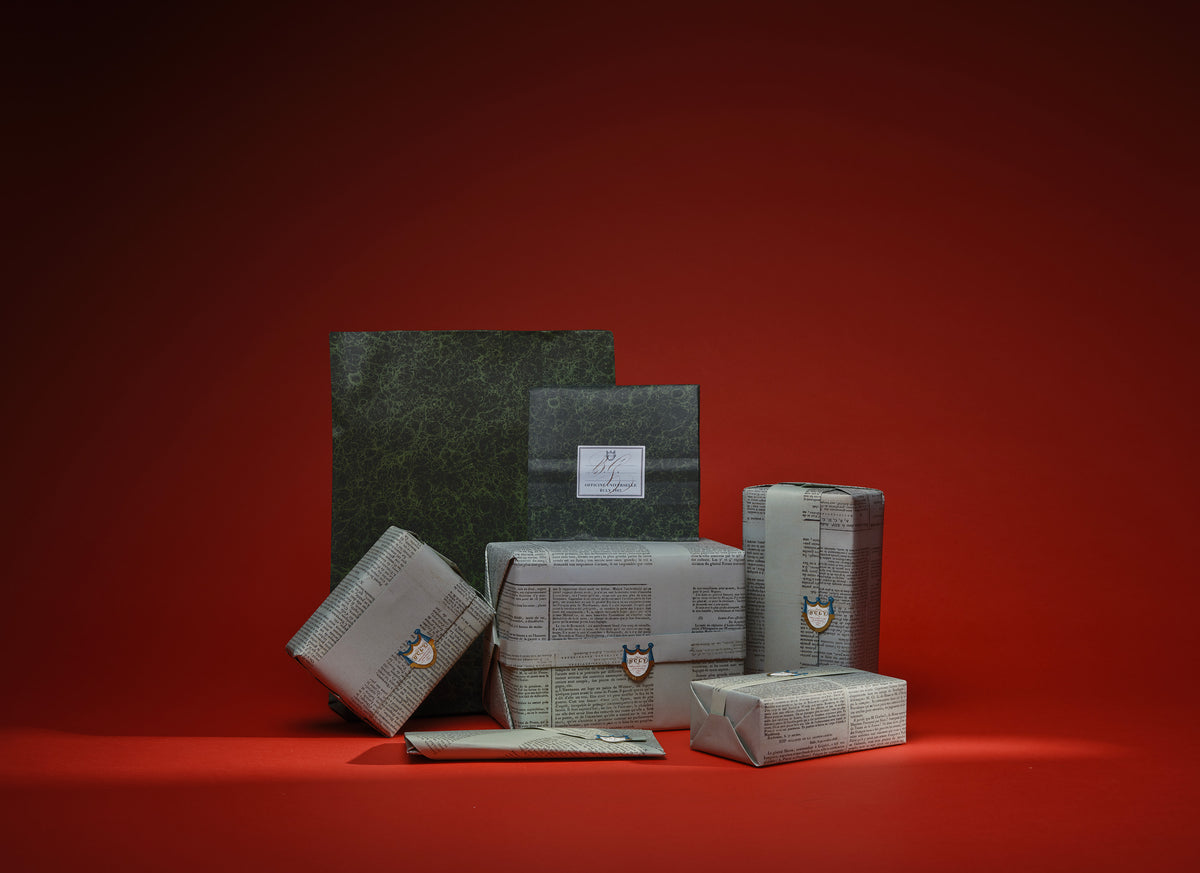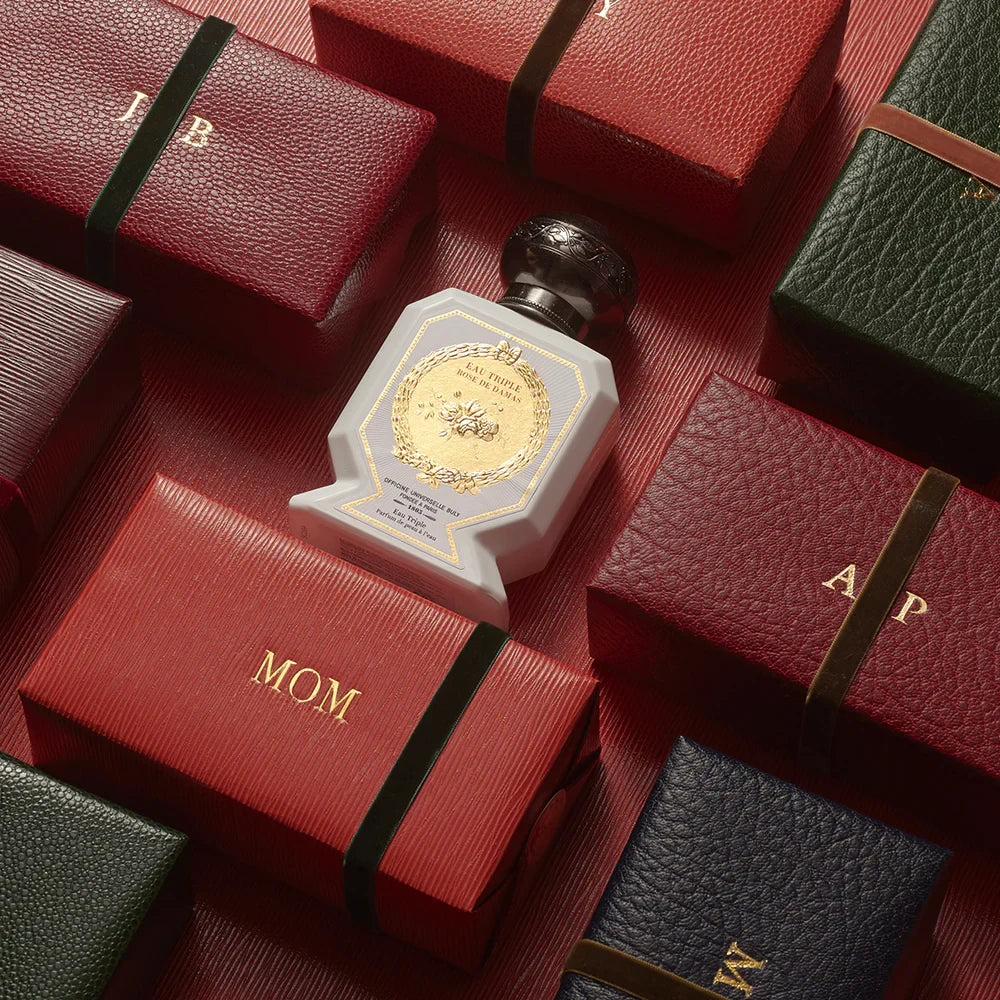 LES JARDINS FRANÇAIS DE L'OFFICINE
LES JARDINS FRANÇAIS DE L'OFFICINE
 PERFUME ONESELF
PERFUME ONESELF
 PERFUME THE ATMOSPHERE
PERFUME THE ATMOSPHERE
 THE FACE
THE FACE
 THE BODY
THE BODY
 THE OFFICINE COMBS
THE OFFICINE COMBS
 HAIR CARE
HAIR CARE
-
Login
-
Wishlist
-
English
-
contact@buly1803.com
 LES JARDINS FRANÇAIS DE L'OFFICINE
LES JARDINS FRANÇAIS DE L'OFFICINE
 PERFUME ONESELF
PERFUME ONESELF
 PERFUME THE ATMOSPHERE
PERFUME THE ATMOSPHERE
 THE FACE
THE FACE
 THE BODY
THE BODY
 THE OFFICINE COMBS
THE OFFICINE COMBS
 HAIR CARE
HAIR CARE
-
Login
-
Wishlist
-
English
-
contact@buly1803.com


